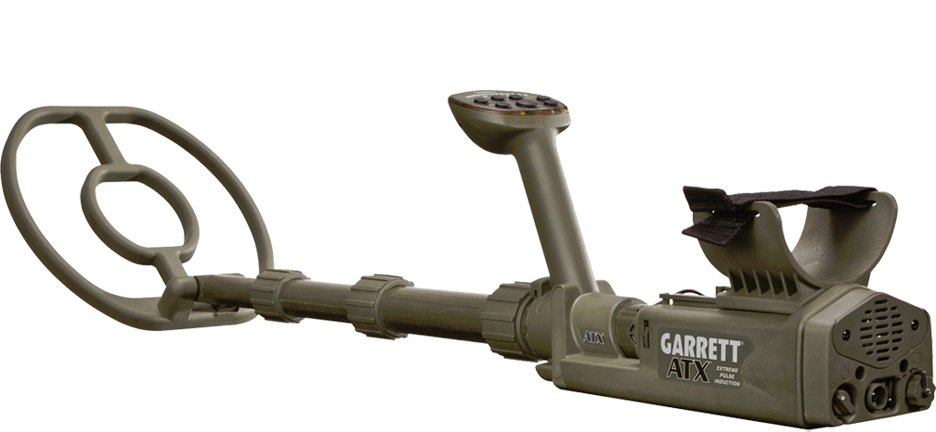Greg (E.Tn)
Well-known member
That being said, I understand that typical Pulse machines are very sensitive to gold, but also very sensitive to iron.
How well does the ATX pulse machine discriminate, and how well does it reject iron, while maintaining sensitivity to gold, and especially small gold?
How well does the ATX pulse machine discriminate, and how well does it reject iron, while maintaining sensitivity to gold, and especially small gold?


